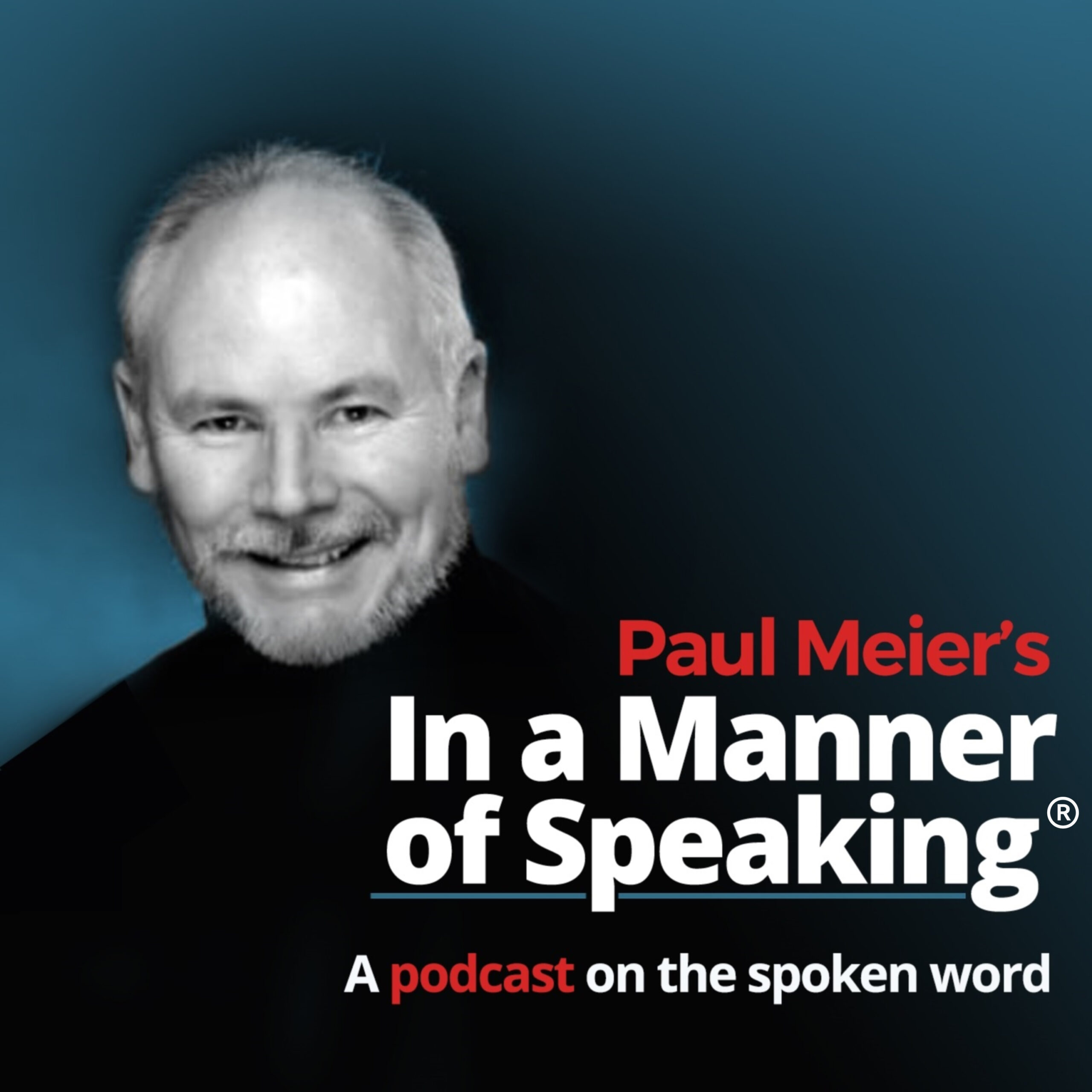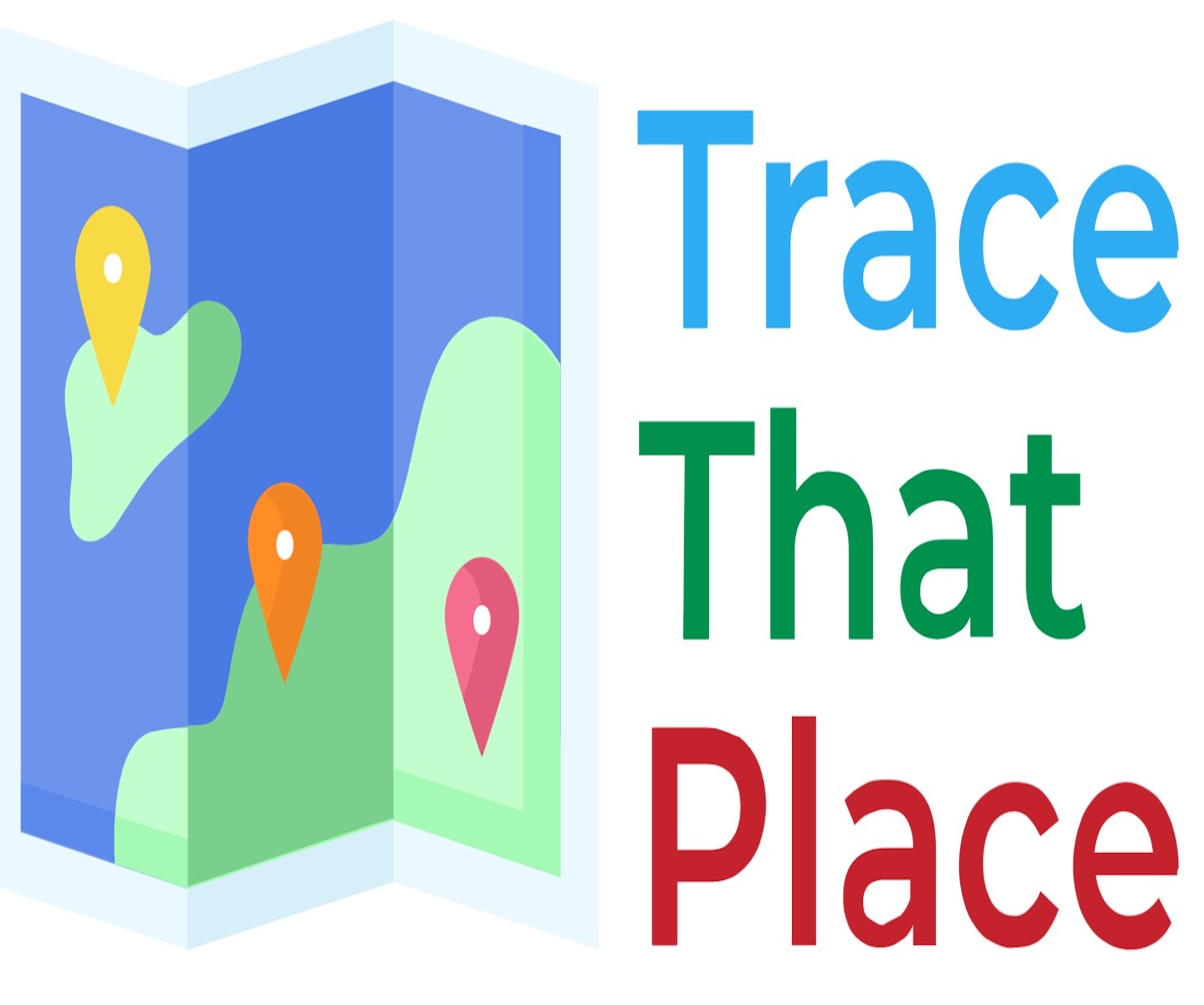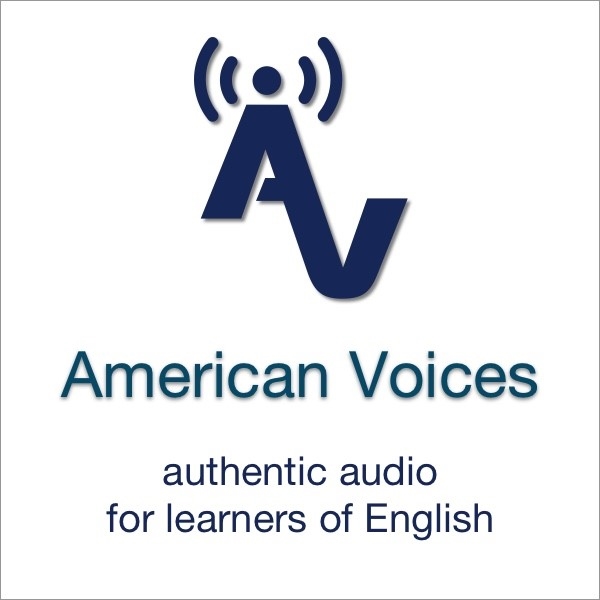South Africa 31
Listen to South Africa 31, a 62-year-old woman from Cape Town, South Africa. Click or tap the triangle-shaped play button to hear the subject.
Both as a courtesy and to comply with copyright law, please remember to credit IDEA for direct or indirect use of samples. IDEA is a free resource; please consider supporting us.
BIOGRAPHICAL INFORMATION
AGE: 62
DATE OF BIRTH (DD/MM/YYYY): 23/09/1951
PLACE OF BIRTH: Cape Town, South Africa
GENDER: female
ETHNICITY: Lithuanian and South African
OCCUPATION: dance teacher
EDUCATION: Royal Academy of Ballet, London
AREAS OF RESIDENCE OUTSIDE REPRESENTATIVE REGION FOR LONGER THAN SIX MONTHS:
Subject was born and raised in Cape Town, South Africa, until her mid-30s when she moved to California, in the United States. She also lived in London for three years.
OTHER INFLUENCES ON SPEECH:
Her parents were raised in Lithuania, and she admits her accent is a “big old mix” because she’s lived almost half her life outside her native South Africa.
The text used in our recordings of scripted speech can be found by clicking here.
RECORDED BY: Melissa Haygood (under supervision of David Nevell)
DATE OF RECORDING (DD/MM/YYYY): 26/03/2014
PHONETIC TRANSCRIPTION OF SCRIPTED SPEECH: N/A
TRANSCRIBED BY: N/A
DATE OF TRANSCRIPTION (DD/MM/YYYY): N/A
ORTHOGRAPHIC TRANSCRIPTION OF UNSCRIPTED SPEECH:
My father was born in Lithuania. My dad left Lithuania when he was 7 years old, and they went on a boat to somewhere, which ended up being South Africa. My mother’s father was born in Lithuania as well — a different part — and her mother was born in South Africa, but her her parents were also from Lithuania. So the whole family originates from there. Um, I was born in South Africa. Um, I was raised there. I left there in 1988. But in the interim time, I studied in London for three years at the Royal Academy of Ballet, and I did my teacher’s training there, and then I went back to South Africa, where I worked and taught for many years. I was teaching in a black area, and it was no longer safe to go to work. Um, starting off teaching there, um, I was accepted, and I mean I’m sure I looked like the whitey as we were called, but at I, my students and I had a good report — didn’t matter what we were — and then when this all started, people became very edgy, and, um, I’d have to leave and leave children, um, in, in the, in, the dance area and not be able to give them a ride home because if they were seen in a white person’s car their houses would be burned down or they would be tarred and feathered. And so at that point, I applied to come and live in the United States. I finally got my green card and came here in ‘88, and I’ve been here ever since.
I’ve been back to South Africa for a visit, my last time about three years ago. South Africa, uh, Cape Town, which is where I’m from, is very much like Southern California, Northern California combined, scenically. And the wonderful thing about it is the smell of the air. There’s just some — nothing like it. Its comp- it’s a, an ozone, combined with seaweed, combined with — I dunno — some incredibly sweet smell, and it just is rejuvenating. And the color of the sky is magnificent blue. But I love it here, and I’m very happy here and my — I’m married to an American, so we’d never go back and live there anyway. My accent is a big old mix because I was in London for three years, and in South Africa they they say I, I have an accent and here, I know I have an accent, so I’m not really sure what it is.
TRANSCRIBED BY: Melissa Haygood (under supervision of David Nevell)
DATE OF TRANSCRIPTION (DD/MM/YYYY): 26/03/2014
PHONETIC TRANSCRIPTION OF UNSCRIPTED SPEECH: N/A
TRANSCRIBED BY: N/A
DATE OF TRANSCRIPTION (DD/MM/YYYY): N/A
SCHOLARLY COMMENTARY: N/A
COMMENTARY BY: N/A
DATE OF COMMENTARY (DD/MM/YYYY): N/A
The archive provides:
- Recordings of accent/dialect speakers from the region you select.
- Text of the speakers’ biographical details.
- Scholarly commentary and analysis in some cases.
- In most cases, an orthographic transcription of the speakers’ unscripted speech. In a small number of cases, you will also find a narrow phonetic transcription of the sample (see Phonetic Transcriptions for a complete list). The recordings average four minutes in length and feature both the reading of one of two standard passages, and some unscripted speech. The two passages are Comma Gets a Cure (currently our standard passage) and The Rainbow Passage (used in our earliest recordings).
For instructional materials or coaching in the accents and dialects represented here, please go to Other Dialect Services.
 IDEA: International Dialects of English Archive
IDEA: International Dialects of English Archive



